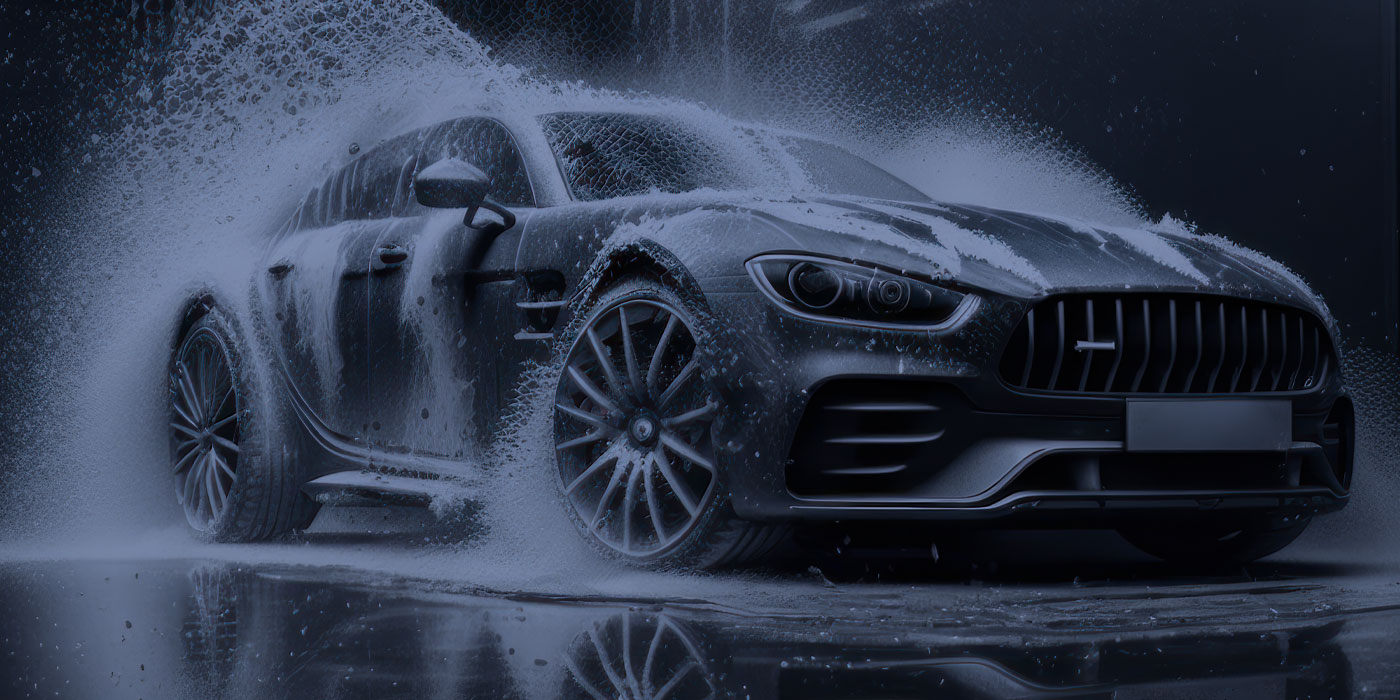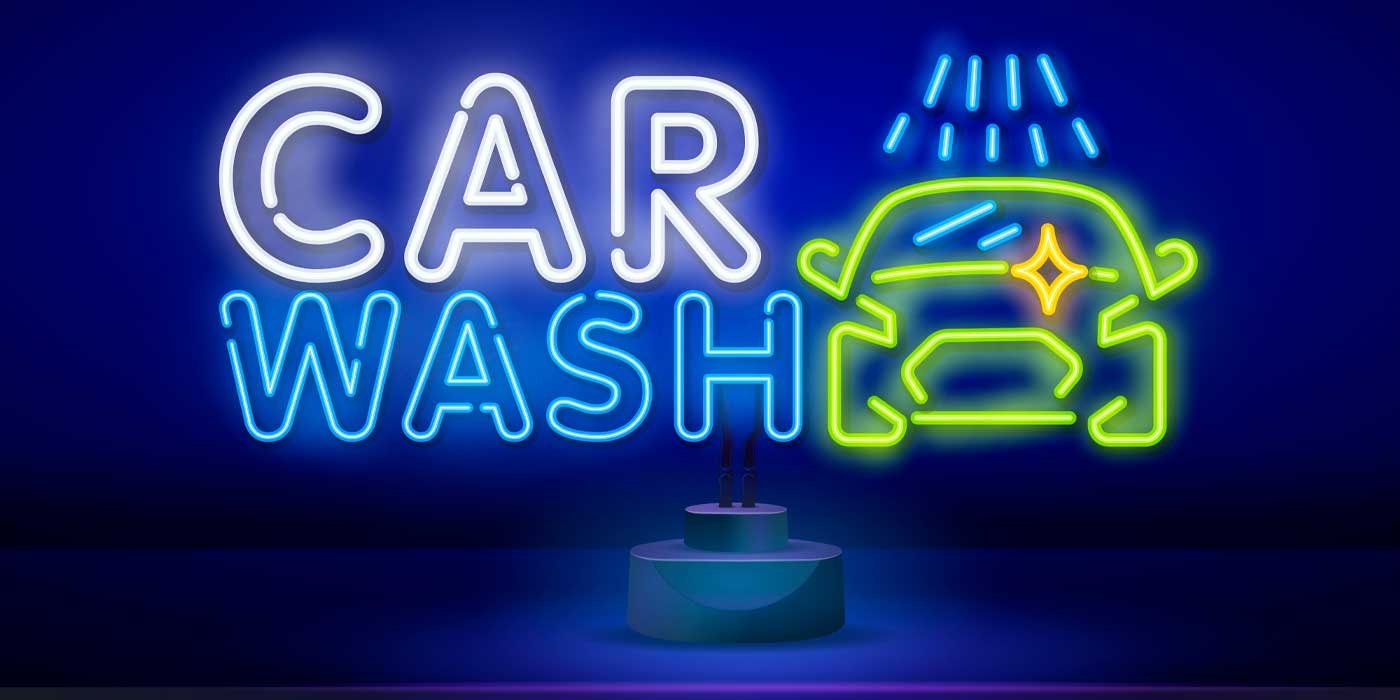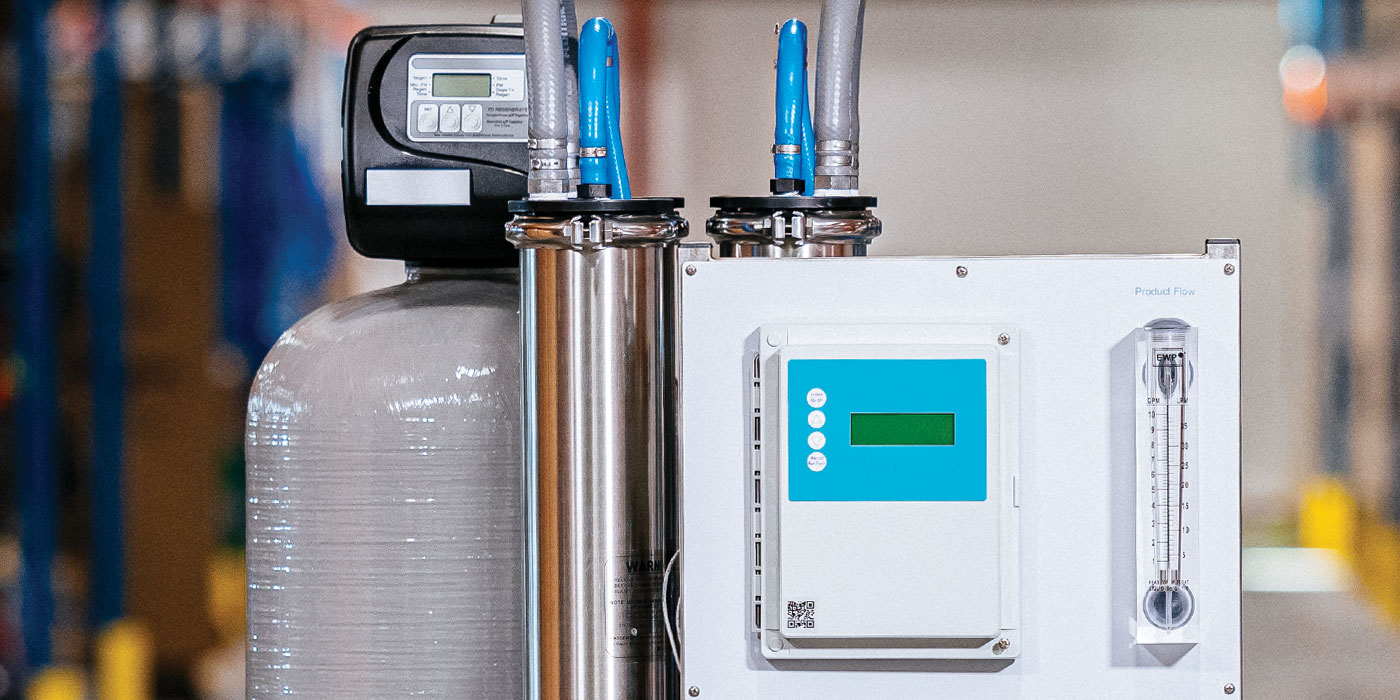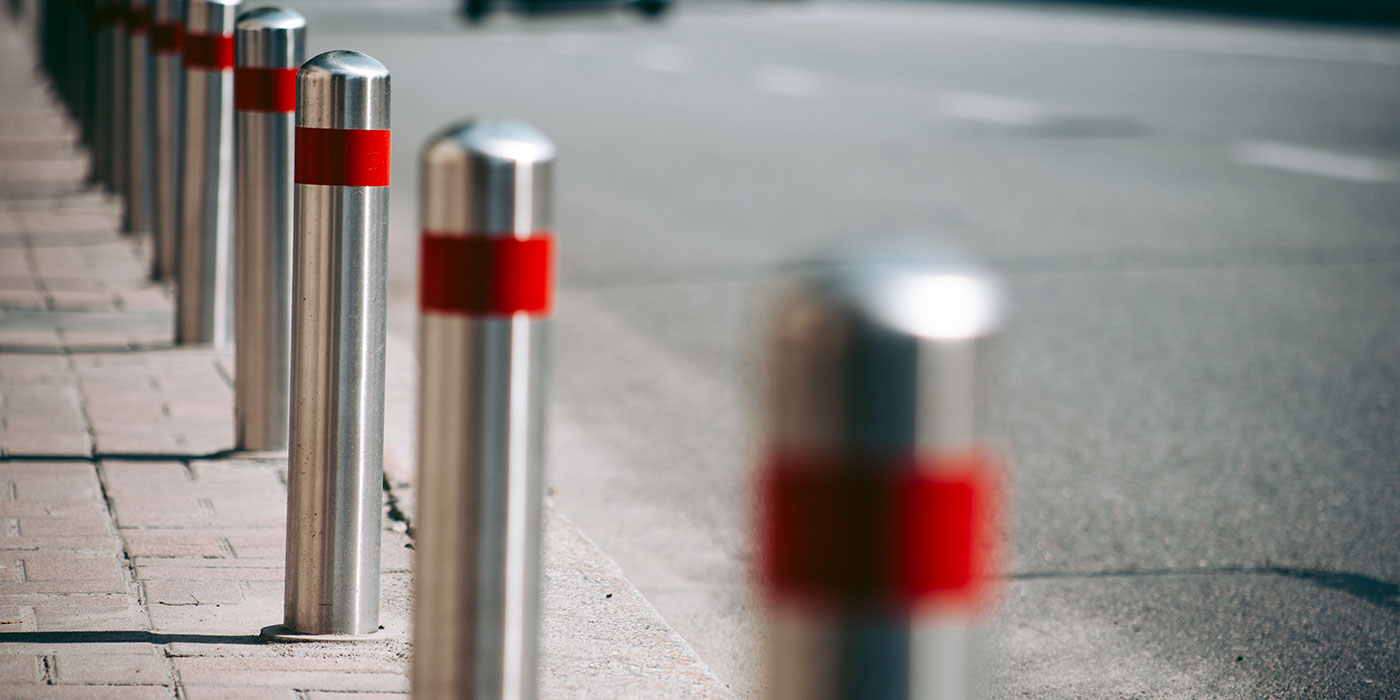This article is intended to provide some basic prospectives to keep in mind when it comes to making changes at your wash as it relates to safety issues. As with most things in life, an informed decision will often save you from regret down the road.
This article highlights some of the questions that owners and operators should ask each time they consider changes and new products at their carwash.
Please keep in mind that the main purpose here is not to dissuade operators from buying new products, systems or equipment, or from making improvements to their existing operations.
Its single intention is to point out what might need to be added as an additional thought process to owners’ and operators’ decision-making practices.
What are the safety concerns?
The first question that comes to mind, when looking at new ideas, is how this decision will affect the safety of your customers as well as your employees. Many times, adding new ventures or products will bring about higher hazards and risk factors that were not taken into account when assessing the benefits of the prospective changes.
An example might be purchasing a self-operating rug beater. While this might bring in more revenue and make coming to your wash more attractive, it could also put the customer’s safety at risk.
Again, my point here in this example is not to convince you that it is a bad idea to go forward with this decision, but rather to use it as a case-in-point to further explain how to better assess the dangers in the decision-making process.
Related: Carwash safety 101
I have seen this type of operation at many washes and, with some good precautions, it can be safely executed. For instance, if it includes bilingual directions that are both readable and posted in a conspicuous area by the machine along with some safety suggestions, the risk factors can be controlled to a point that makes this an acceptable practice.
It is always prudent to weigh the risk factor against the projected generation of revenue prior to agreeing to institute modifications.
Can you adapt?
The next question might be whether or not the new process has the capability and flexibility to withstand adjustments that may become necessary later on to ensure a safe environment. Will it also be cost-effective to implement what has to be done?
For example, if you add a propane tank filling station, can you generate enough income to offset the cost to enclose the tank properly, to send qualified employees to training classes and so on? And how might this effect your ability to obtain competitive insurance with this new exposure?
The latter question should also emphasize the importance of taking into account how making changes to your operations in general might affect your insurance acceptability and/or cost.
Consequently, the next question you will want to ask should be directed to your insurance professional during the contemplation period, prior to initiating the purchase of new products or adding new profit centers.
Again, I am only recommending that contacting your insurer needs to be an ingredient in the planning stages.
For instance, it could be an issue if you were to add a used car lot to the property and find that it now makes your company ineligible for the preferred insurance product that you are currently written in. This might represent a substantial increase in your insurance expense.
Change can be a great thing to enhance your business’ success, but it should also be an informed decision. Be certain to include the answers to these questions in your investment strategy to ensure the best results from your decision. This will improve not only the safety of your customers and employees, but also your profits.
Mike Benmosche, CIC, is the national carwash program manager for McNeil & Co. McNeil & Co., with over 25 years in business, has become a nationwide leader in specialized risk management and insurance, specializing in the professional carwashing industry. For more information, please visit www.mcneilandcompany.com.














